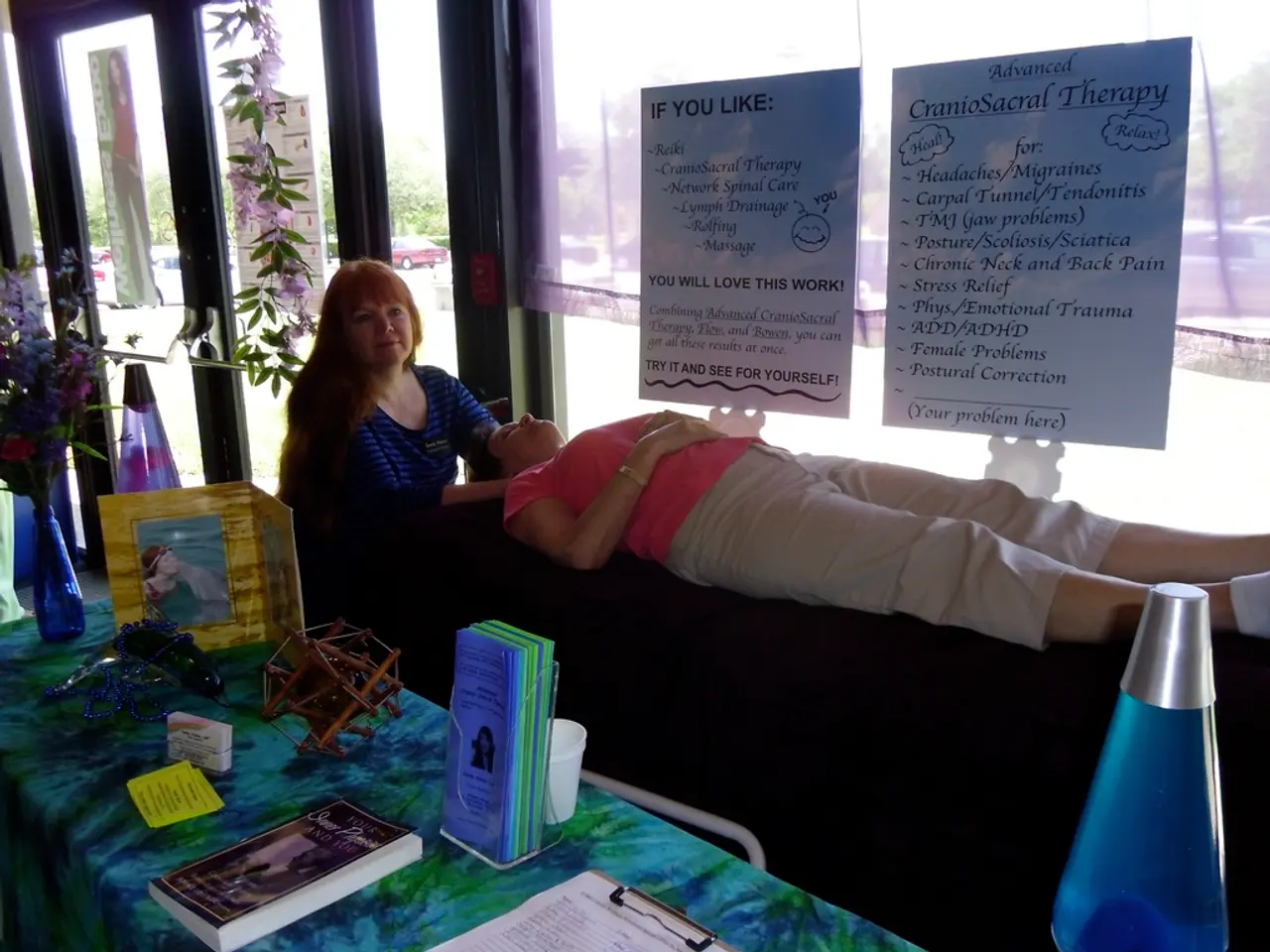Differentiating between Adjustment Disorder and Major Depressive Disorder: Key Distinctions Spelled Out
In the realm of mental health, two conditions that are often discussed are Adjustment Disorder with Depressed Mood and Major Depressive Disorder (MDD). While both share some similarities, they have distinct differences in diagnostic criteria, causes, and symptom duration.
Adjustment Disorder with Depressed Mood is a stress-related, time-limited condition that arises in response to a specific recent psychosocial stressor, such as job loss or a relationship breakup. The symptoms, which include depressed mood and anxiety, are directly linked to this recent event. On the other hand, MDD involves depressive symptoms that are not necessarily triggered by a specific external stressor and tend to be more intense and persistent.
The symptoms of Adjustment Disorder with Depressed Mood usually onset within 3 months of the stressor and typically do not persist beyond 6 months after the stressor or its consequences have ended. They are considered transient and less severe than MDD symptoms. In contrast, MDD symptoms must be present for at least two weeks and tend to be longer-lasting and more severe, often worsening without treatment.
MDD has more severe symptoms, such as deep and persistent sadness, significant impairment in functioning, and can include suicidal ideation or suicidal behavior. Adjustment Disorder with Depressed Mood symptoms are generally milder, involving sadness and anxiety closely tied to the stressor, and do not reach the severity or scope of symptoms seen in MDD.
It's important to note that females have a higher chance of developing MDD compared to males. A 2016 study reported a prevalence of adjustment disorder following severe injury at 19% three months after hospitalization and 16% after one year. Risk factors for adjustment disorder with depressed mood include younger age, low educational level, being single, being a student, and living in urban areas.
Both MDD and adjustment disorders with depressed mood have similar treatments, often a combination of medications and therapy. However, the exact cause of MDD is not clear, while for Adjustment Disorder with Depressed Mood, it is believed to be a reaction to a stressor.
In a study from 2008-2009, the prevalence rate of adjustment disorder was about 11.5%. Adjustment Disorder with Depressed Mood was one of the most common types in this study. Interestingly, a 2018 study found an overall prevalence of about 27% for adjustment disorder after job loss. It is possible for a person to develop chronic adjustment disorder lasting for longer than 6 months.
In conclusion, while Adjustment Disorder with Depressed Mood and MDD share some symptoms, they are distinct mental health conditions with different diagnostic criteria, causes, and symptom durations. It's crucial to seek professional help if you or someone you know is experiencing symptoms of either condition. A doctor can provide a proper diagnosis and treatment plan.
Read also:
- Overweight women undergoing IVF have a 47% higher chance of conceiving naturally post-weight loss
- Bonsai Trees from Evergreen Species: Exploring Growth Characteristics & Distinct Qualities
- What temperatures may make walking your canine companion uncomfortable?
- Alcohol consumption and the connection to esophageal cancer: An exploration of links and potential hazards






